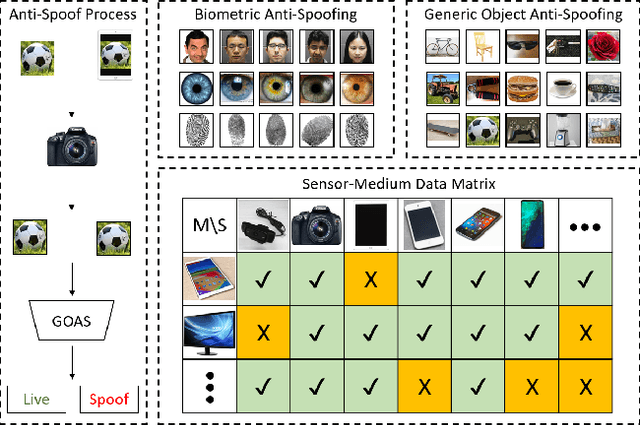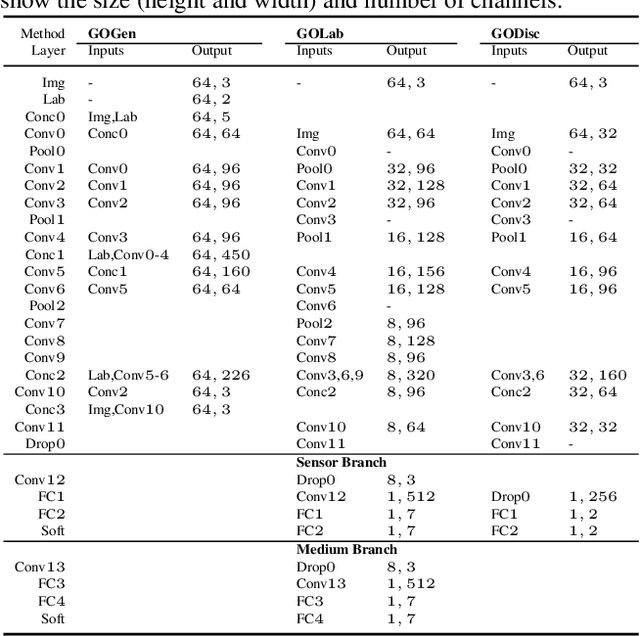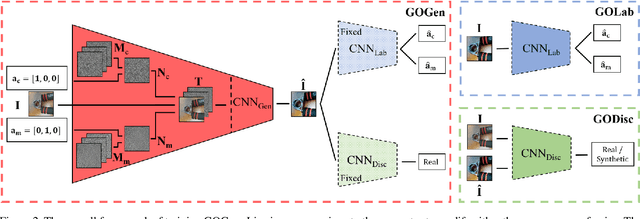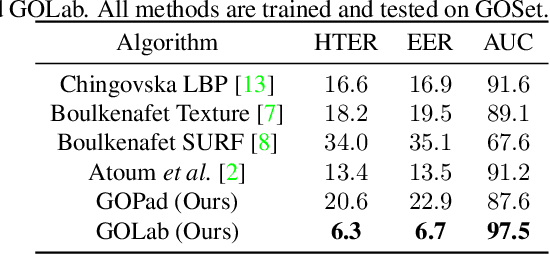Noise Modeling, Synthesis and Classification for Generic Object Anti-Spoofing
Paper and Code
Mar 31, 2020



Using printed photograph and replaying videos of biometric modalities, such as iris, fingerprint and face, are common attacks to fool the recognition systems for granting access as the genuine user. With the growing online person-to-person shopping (e.g., Ebay and Craigslist), such attacks also threaten those services, where the online photo illustration might not be captured from real items but from paper or digital screen. Thus, the study of anti-spoofing should be extended from modality-specific solutions to generic-object-based ones. In this work, we define and tackle the problem of Generic Object Anti-Spoofing (GOAS) for the first time. One significant cue to detect these attacks is the noise patterns introduced by the capture sensors and spoof mediums. Different sensor/medium combinations can result in diverse noise patterns. We propose a GAN-based architecture to synthesize and identify the noise patterns from seen and unseen medium/sensor combinations. We show that the procedure of synthesis and identification are mutually beneficial. We further demonstrate the learned GOAS models can directly contribute to modality-specific anti-spoofing without domain transfer. The code and GOSet dataset are available at cvlab.cse.msu.edu/project-goas.html.
 Add to Chrome
Add to Chrome Add to Firefox
Add to Firefox Add to Edge
Add to Edge